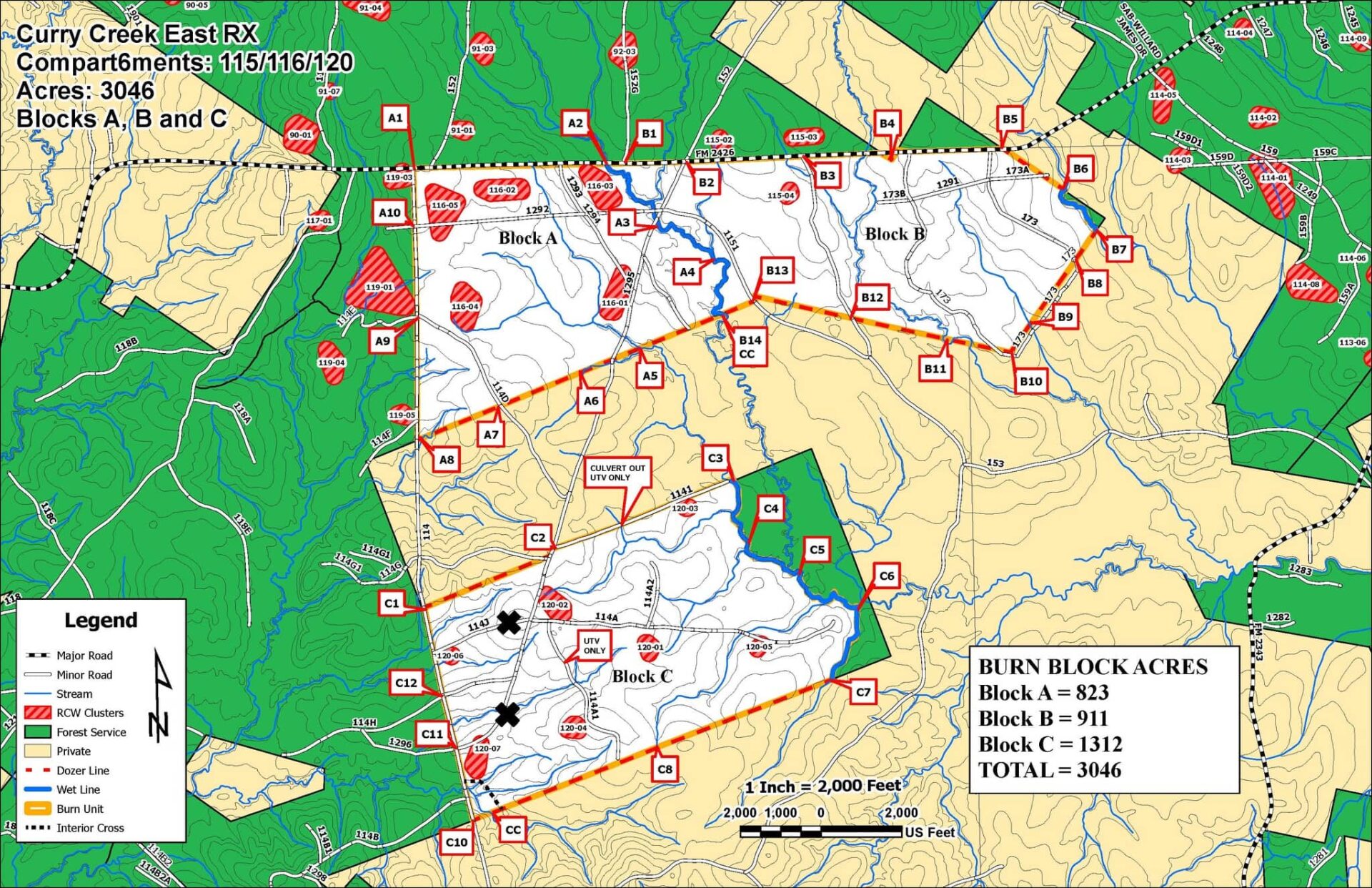Communing with Nature: Blue Jay Bullies
Here in East Texas, we share our environments, both urban and rural, with Blue Jay bullies. Loving mates and devoted parents, it is next to impossible to tell the males from the females unless you are holding the bird for examination. Blue Jays are members of the order Passeriformes, meaning perching bird and songbird, which includes more than half of all bird species.
Blue Jays thrive among humans year-round, especially when feeders with raw peanuts in or out of the shell and most types of sunflower seeds are available. Most of the jays in the north migrate. With a body-to-brain ratio just slightly less than a human’s, Blue Jays are adept at problem-solving. They often work together to drive off nest or feeder raiders, often in violent attacks.
Perhaps the most human-like similarity is their color. The pigment in Blue Jay feathers is melanin, which is brown and the same pigment found in human skin. The blue color is caused by scattering light through modified cells on the surface of the feather barbs. The black bridle across the face, nape, and throat varies widely is thought to help Blue Jays recognize one another.
Once a scout locates a feeder of peanuts or black oil sunflower seeds and sounds the alert, you won’t miss the noise as nearby jays arrive. They are large enough to hold their own with squirrels, blackbirds, and grackles, that attempt to drive them away.
Range and Habitat
Four species of Blue Jays are found in North America, classified by color reflecting their habitat. Ranges overlap and natural interbreeding occurs.
Northern Blue Jay: Northeastern United States and Canada.
Coastal Blue Jay: North Carolina to Texas.
Interior Blue Jay: Middle-United States.
Florida Blue Jay: Southern Florida.
Breeding and Nesting
You can’t tell which is the male or female Blue Jay, but they have no issue, and they pair up for life. Mom and dad both build their nest in the springtime. Dad gathers food as she incubates their six or eight eggs which hatch out after a few weeks. Once the chicks are full grown, they fledge and begin flying as their parents teach them how to find food and the tricks of being a Blue Jay.
Because they nest at many levels, Blue Jays can fall victim to predators such as snakes, hawks, and raccoons, or brood parasites such as brown-headed cowbirds that lay their eggs among the Blue Jay’s eggs. Generally, Blue Jays are not fooled, and quickly reject the alien eggs.
Year Round Feeding
Since they are here most of the year, Blue Jays enjoy our feeders. Blue Jays eat a variety of available foods, including acorns, berries, nuts, seeds and insects. Right now, they’re loving the remaining figs that have fermented on the trees. Blue Jays enjoy a little buzz.
Like squirrels, they can bury acorns, seeds, and nuts, and then remember where they hid the food. Of course, not every seed is recovered, and some of them grow into trees making the Blue Jay an important part of the ecosystem, assisting in regenerating the forests.
Take care not to limit feeding options too much. Varying the size and types of feeders welcomes Blue Jays and cardinals, small goldfinches, titmice, and chickadees so you can watch them all raise young and feed.
Blue Jays cache their food like a squirrel and hide it for another time. They carry food off for storage packed in their throat in what’s called a gular pouch.
In late summer you may see some scruffy, bald-headed Blue Jays at the feeder. Not to worry. The birds are molting and can lose all the feathers on their head and many body feathers for a few weeks.
Aggressive Behaviors
Blue Jays will mob hawks, owls, cats, and even humans to drive them away. In some cases, this behavior is the Blue Jays being protective of nests or feeders and is often beneficial to other bird species.
Communication and Mimicking
Boisterous Blue Jays, like mockingbirds, can mimic other bird calls and even cats, and use multiple vocalizations to communicate with other jays. They are often the first bird to sound the alarm when predators arrive on the scene. Their ability to mimic hawks drives off other animals.
Learn more about Blue Jays and other frequently seen birds by joining a chapter of the Texas Master Naturalist. Piney Wood Lakes Chapter of Texas Master Naturalist serves members across Polk, San Jacinto, Trinity, and Tyler Counties with volunteer opportunities, educational resources and conservation projects. txmn.org/pineywoodlakes





